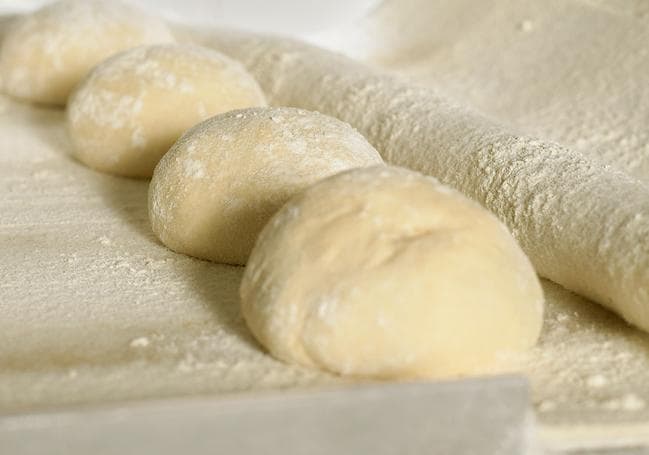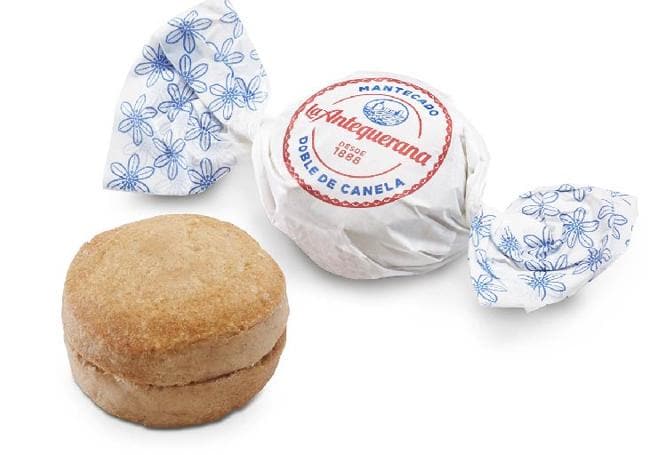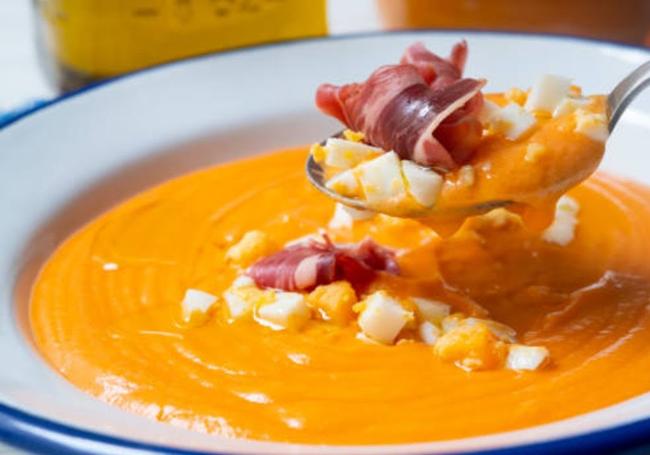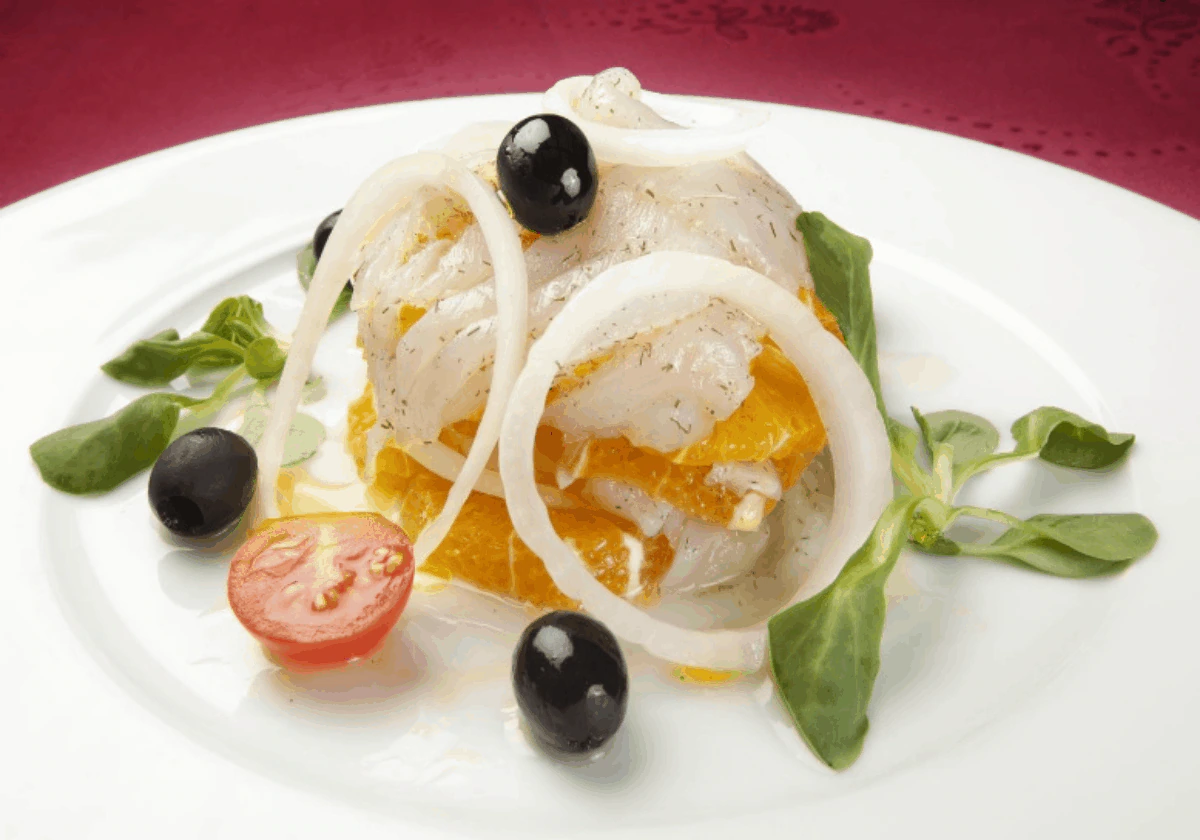Star dishes and products from the Malaga province town that aspires to be Spain's Gastronomic Capital in 2024
Antequera is in the running for next year’s prestigious title, which will be announced tomorrow (16 November), and which would have an enormous impact on local tourism
Javier Almellones
Antequera
Wednesday, 15 November 2023, 15:21
On 16 November, it will be known which town or city will be the Gastronomic Capital of 2024 in Spain, an annual event created by the Spanish Federation of Tourism Journalists and Writers with the collaboration of the Spanish Hotel and Catering Association. The four candidates are Alicante, Castellón, Oviedo and Antequera who are aspiring to take the prize from Cuenca, which holds it this year.
If Antequera were to win it would have a very positive effect in terms of boosting gastronomic tourism. The town, which is to the north of Malaga city, has many excellent restaurants, such as Arte de Cozina, Bienmesabe Santa María, El Adarve, Plaza de Toros, El Rincón de Lola and Venta San Isidro, among many others. It also has a number of unique dishes and products, as detailed here.
1: Extra virgin olive oil

Antequera is a land of olive trees. For centuries, some of the best extra virgin olive oils to be found in the Malaga province, including the Costa del Sol, have been produced there. Such is the case at Finca de la Torre, an olive oil producer located in the village of Bobadilla, which has won numerous national and international awards. Hacienda Colchado, Gotas de Gloria and Cortijo El Solano are some of the premium olive oil brands that come from Antequera. The co-operative DCOOP, one of the largest olive oil producers in the world today, has its headquarters in Antequera. It even has an olive oil museum. It should also be noted that, since 2005, the extra virgin olive oil produced and processed in this area is protected by its own designation of origin under the name of Aceites de Antequera. The main variety in this area is hojiblanca, although other varieties are also grown here. At present, there are almost a quarter of a million olive trees in the region.
2: Molletes

These are one of the most popular breakfast breads in bars and restaurants, not only in Antequera but also in Andalucía. For more than three years, the soft roll has been officially recognised as 'Molletes de Antequera'. It is defined as a bread originating in the geographical area of Antequera and Fuente de Piedra, made from wheat flour, lightly baked and with a high level of humidity. There are currently several companies that make this traditional bread in Antequera. These include San Roque, La Antequerana, Padepán and La Molletería de Antequera.
3: Mantecados

Although many believe that the birthplace of mantecado (a crumbly Christmas sweet) is in the Sevillian town of Estepa, in Antequera it is claimed that the true origin is to be found there. There are even some bibliographical references that refer to it belonging to Antequera as early as the 18th century. Today, almost a dozen companies make mantecados and other Christmas sweets in Antequera. And mantecados are still made in the most traditional way possible in many of the area's convents.
Among the companies that make and sell mantecados in Antequera are La Perla, Delicias de Antequera, Sancho Melero, La Antequerana, Los Antiguos Aguilera, San Pancracio, Primitivos Antequerana, Artesanías de Antequera, Torcadul and Panadería Santiago. And, among the convents that still make mantecados and other sweets, the nuns of Belén are particularly noteworthy.
A stroll around the town will provide plenty of opportunity to sample the range of flavours, from the classic cinnamon to almond or chocolate; there are also lactose-free mantecados, with olive oil instead of pig lard.
4: Porra antequerana

This cold thick soup-like dish has made its way into the national recipe book despite its similarities with salmorejo from Cordoba. It is usually on the menu in the middle of summer, and even in cooler seasons, in restaurants both in Antequera and in other towns in Malaga province.
Its main ingredients are tomato, two or three days old bread, extra virgin olive oil (preferably of the hojiblanca variety) and salt. Pepper and vinegar are usually optional. It is typically complemented with other ingredients, such as ham and egg cut into small pieces, or tuna. Some people add a dash of extra virgin olive oil or even tomatoes or croutons. The Arte de Cozina restaurant serves a version made from oranges which was popular in earlier times.
5: Pío antequerano

As simple as the porra, both in terms of its preparation process and its humble ingredients, is another lesser-known recipe, but which historically predates the porra antequerana. This is the pío antequerano, which is made with orange, cod, spring onion or onion, green or black olives and extra virgin olive oil. Some people consider it to be like ensaldilla malagueña (potato salad from Malaga) or ensaldilla de naranja (oranges salad), but unlike the latter, it does not have potatoes, which strengthens the argument of those who believe that this dish predates the discovery of America. In fact, there are those who believe that pío antequerano is linked to the Andalusian tradition of using oranges in savoury dishes. However, the gastronome and historian Fernando Rueda considers that the pío "does not have an Arabic past", since the dish uses the sweet orange, which "did not enter the Iberian Peninsula until 1516 via Portugal".
6: Wine

For some time now Antequera has been able to boast of having two wineries in its territory. One of them is Antakira, which has red, white and sweet wines. It has chosen for its brand the name Antequera was known by under the Romans.
The second winery is owned by the same Narbona Solís family with organic wines produced at the foot of the Sierra de las Chimeneas mountain range, close to the protected limestone landscape of Torcal. With vineyards at an altitude of almost eight hundred metres above sea level and with a geographical location that is influenced by the Mediterranean, the project has been worked on since 2007. Between holm oaks and native scrubland, they have Syrah, Cabernet Sauvignon, Pinot Noir or Petit Verdot varieties, with which they make very exclusive wines.
In addition, due to its proximity, it should be noted that Antequera is very close to prestigious Malaga wineries, such as La Capuchina, Cortijo La Fuente and Carpe Diem, in Mollina, and the century-old Málaga Virgen, in Fuente de Piedra.
7: Bienmesabe

This is one of the cakes most closely linked to inland Andalucía and in Antequera they know how to make it very well. A visit to the bakeries, convents and restaurants in the old quarter of the town will show you how it has flourished since the 1970s when it began to emerge as the typical sweet of Antequera. The most famous and basic recipe is one made from almonds, apples, sponge cakes, eggs, sugar and cinnamon. It is not at all easy to make and requires skill in traditional confectionery.
8: Other products

Lesser-known products made and sold in Antequera include the goat cheeses Sur del Torcal, El Pastor del Torcal and Cabraline; El Torcal cow's milk butter, Chicón and Chicón Lebrón seasoned olives; preserves from Alsur; suckling goat meat and products made from it by Caprisur; honey from Hermanos Gallardo (Gallardo brothers); Olmedo sausages; bread and oil cakes from Horno Pinto; and crisps from Don Sancho Melero.
